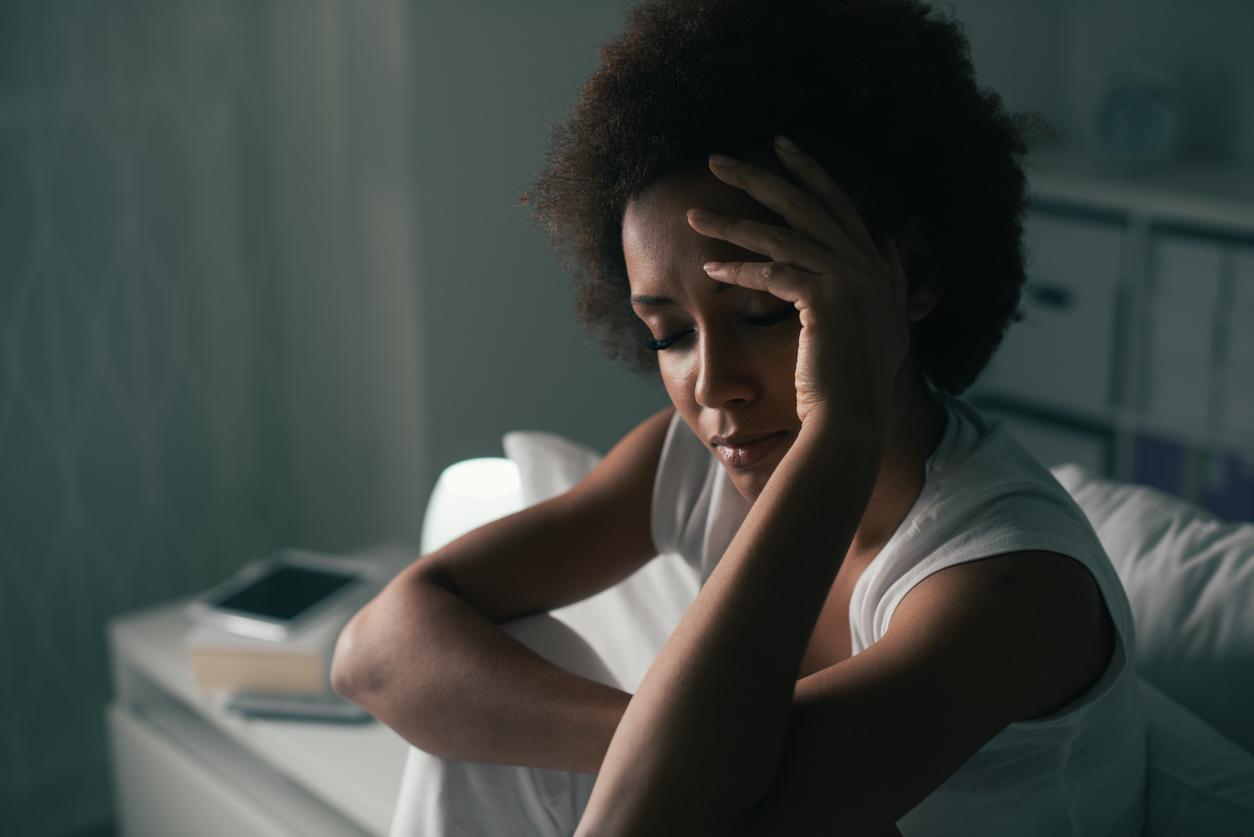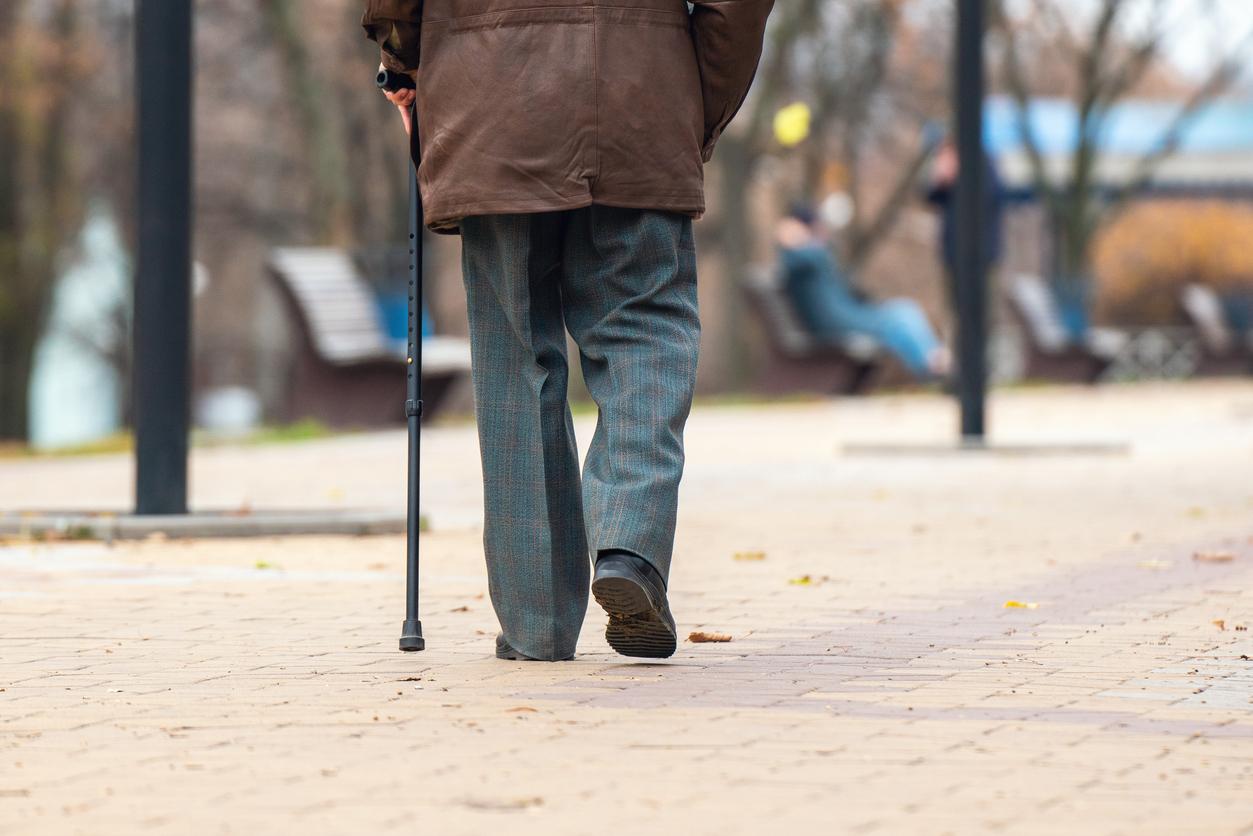Chronic illnesses, working conditions, access to care… Because of these different factors, the poorest have a lower life expectancy.

- Executives and higher intellectual professions develop chronic illnesses less often than workers and employees.
- The risk of diabetes is multiplied by 3.5 between the most modest and the wealthiest in women, and by 1.9 in men.
- Men suffer more from psychiatric pathologies, diseases of the liver or pancreas and neurological or degenerative conditions.
In France, the poorest live shorter than the richest. This was revealed a study of the Department of Research, Studies, Evaluation and Statistics (DREES), the results of which were made public on 6 October. The most disadvantaged people are more likely to die earlier than the wealthiest due to difficulties in accessing healthcare, their living and working conditions or even their diet.
The most modest lose up to six years of life expectancy
Another cause: chronic diseases. The report indicates that patients suffering from chronic diseases die on average around 79 years of age, six years less than an adult from a wealthy background who also suffers from a chronic pathology. These ailments “emphasize social inequalities in terms of life expectancy: without them, the gap in life expectancy at birth between the wealthiest and the poorest would be reduced by more than a third”indicates the statistical service of the Ministry of Health.
Chronic illness: the poorest 10% are more affected
According to the DREES, the 10% of the most modest citizens developed a chronic disease more often than the 10% of the wealthiest, of comparable age and sex, between 2016 and 2017. In detail, “2.8 times more diabetes, 2.2 times more liver or pancreatic diseases, 2.0 times more psychiatric diseases, 1.6 times more chronic respiratory diseases, 1.5 times more neurological diseases or degenerative diseases and 1.4 times more cardioneurovascular diseases”.
As far as cancers are concerned, the poorest are less affected. However, this result does not take into account any social inequalities in the use of screening. As a reminder, the most disadvantaged patients are those who are screened the least.
The most disadvantaged suffer more from psychiatric illnesses
“The most modest people live 2.8 times more often with a psychiatric illness than the wealthiest people, while they only develop 2 times more psychiatric illnesses”, can we read in the results. The DREES points out that these pathologies can reduce the chances of going to school or having a job, which has a negative impact on the standard of living.

















